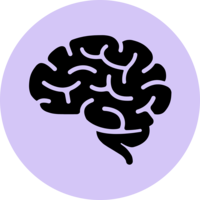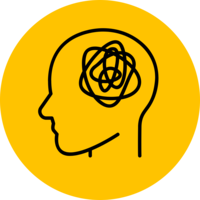South London Stroke Register: Improving the Lives of Stroke Survivors With Data (SLSR)
The SLSR documents all first-in-lifetime stroke or Transient Ischaemic Attack (TIA) incidents in 22 electoral wards in the South London boroughs of Lambeth and Southwark from 1 January 1995 onwards. Eligible participants resided in Southwark or Lambeth at the time of their first stroke incident and had their first stroke incident since 1st January 1995. By 2006, the SLSR had over 3,300 participants of diverse ages, case mixes and severities, ethnicities, occupations and socioeconomic circumstances. By 2012, the cohort had increased in size to over 4,200 participants and by 2022, the register had over 7,700 participants.
Study design
Cohort - clinical, Registry
Number of participants at first data collection
7,784 (participants as of 2022)
Recruitment is ongoing
Age at first data collection
≥ 18 years (participants)
Participant year of birth
Varied (participants)
Participant sex
All
Representative sample at baseline?
First incident stoke or Transient Ischaemic Attack (TIA) patients in Lambeth and Southwark since 1 January 1995.
Sample features
Countries
Year of first data collection
1995
Primary Institutions
King's College London (KCL)
Links
kcl.ac.uk/research/improving-the-lives-of-stroke-survivors-with-data
clinicaltrials.gov/study/NCT05298436
cheba.unsw.edu.au/consortia/strokog/studies/south-london-stroke-register-slsr
Profile paper DOI
Funders
Department of Health and Social Care (DHSC)
Dunhill Medical Trust
European Union (EU)
Guy's and St Thomas' Charity
Guy's and St Thomas' NHS Foundation Trust
Ongoing?
Yes
Data types collected



- Computer, paper or task testing (e.g. cognitive testing, theory of mind doll task, attention computer tasks)
- Interview – face-to-face
- Interview – phone
- Physical or biological assessment (e.g. blood, saliva, gait, grip strength, anthropometry)
- Secondary data
- Self-completed questionnaire – paper or computer assisted
- None
- Computerized tomography (CT)
- Magnetic Resonance Imaging (MRI)
- Geographic, spatial & environmental data
- Healthcare data
Engagement
Keywords
Consortia and dataset groups



